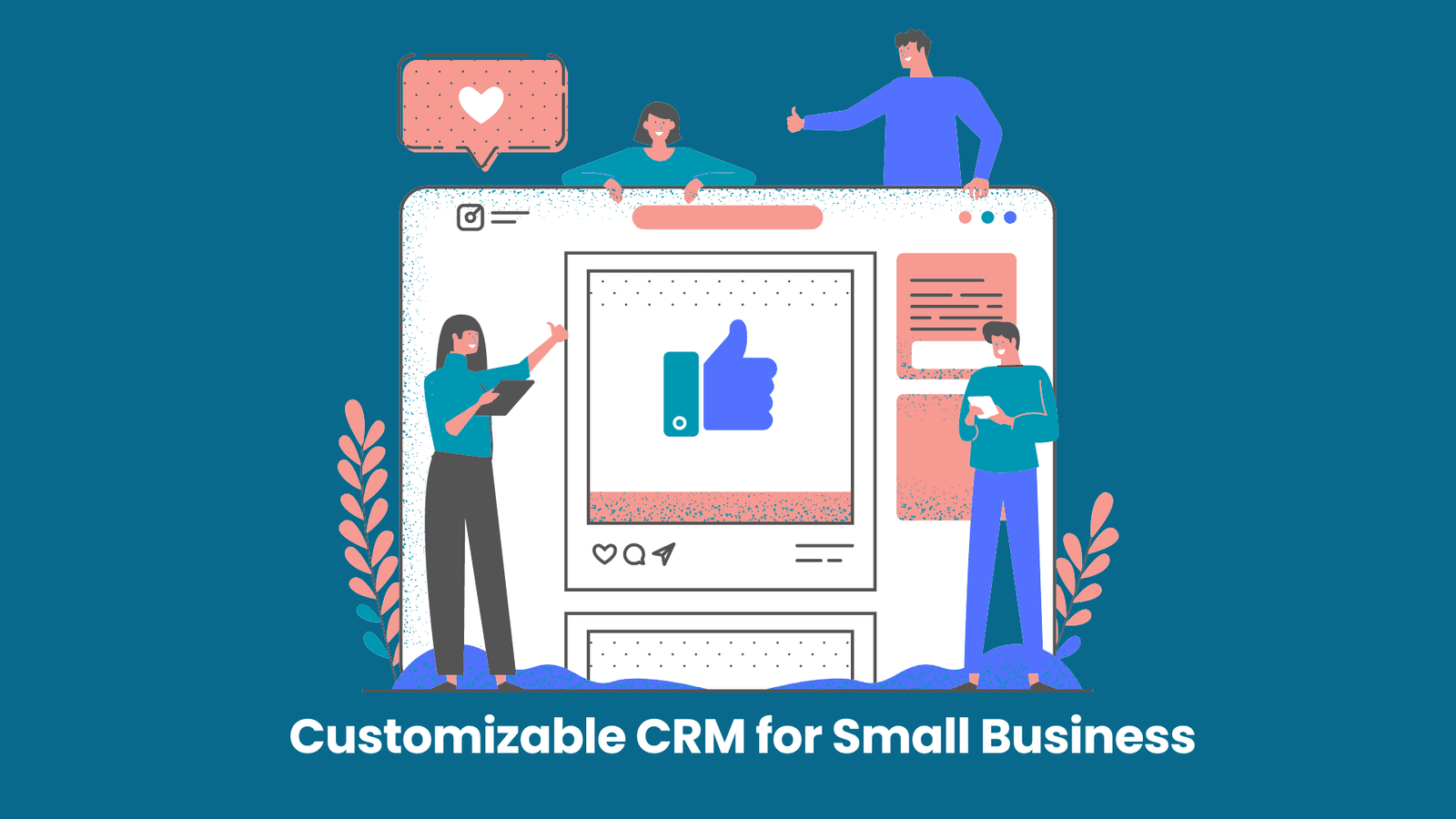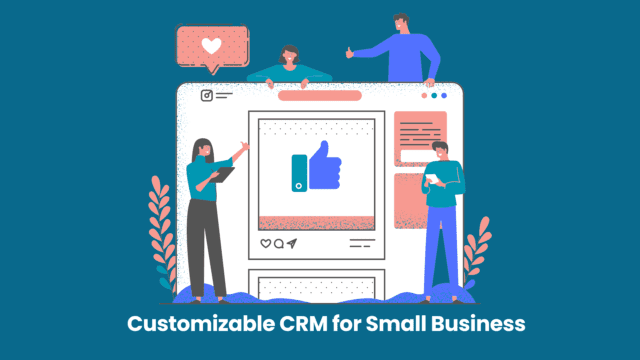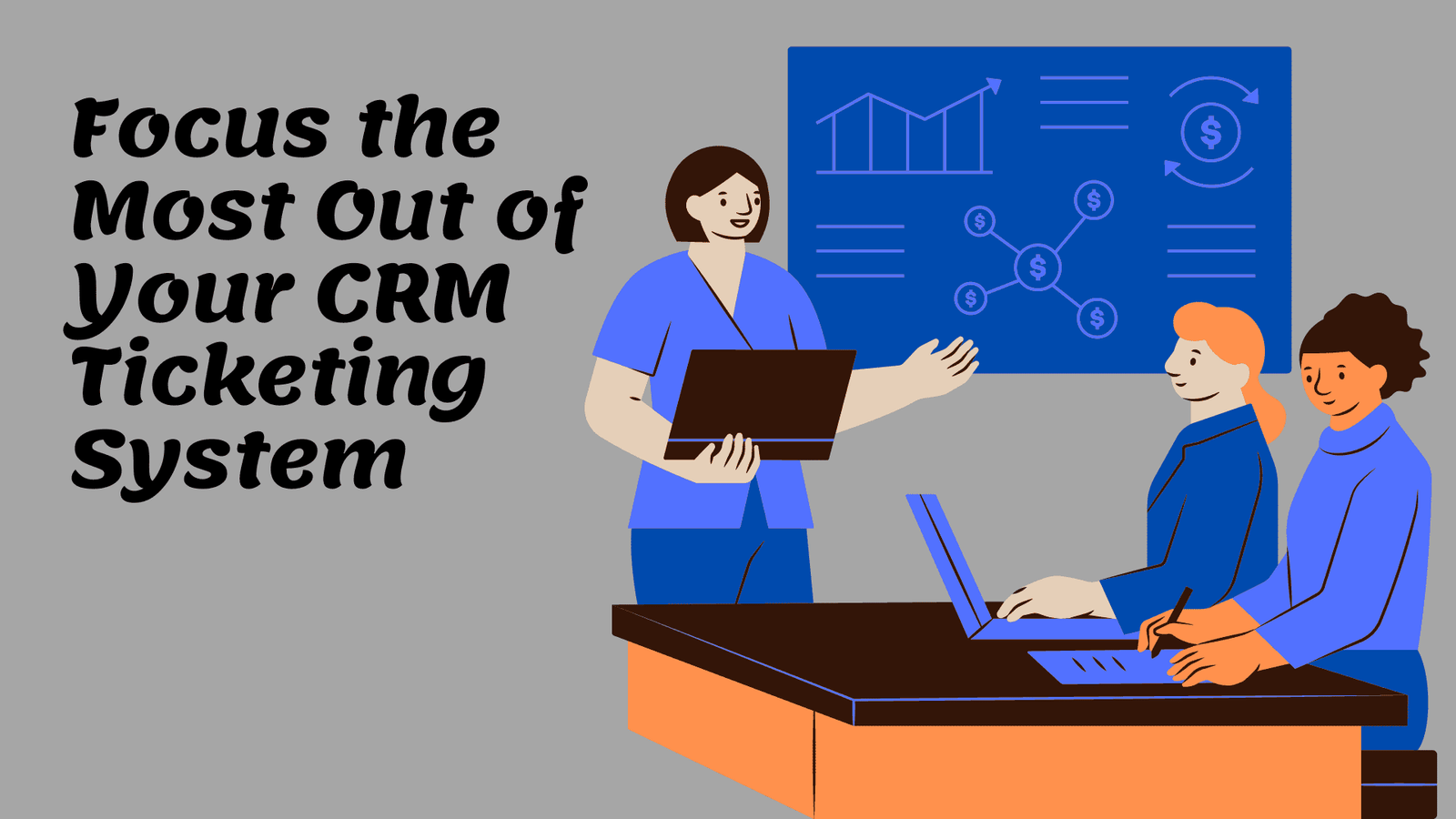Discover the essentials of Supplier Relationship Management (SRM) and its importance in fostering strong partnerships with suppliers. Learn about the SRM process, key features, advantages, challenges, and best practices to enhance supply chain efficiency and drive business success.
What is Supplier Relationship Management (SRM)?
Supplier Relationship Management (SRM) is a strategic approach aimed at fostering collaborative partnerships between businesses and their suppliers. It emphasizes long-term value creation, effective communication, and performance management to enhance supply chain efficiency, improve product quality, and facilitate innovation, ultimately contributing to business success and competitive advantage.
Definition
Supplier Relationship Management (SRM) refers to the systematic approach to developing and managing partnerships with the organizations that supply goods and services to a company. It transcends traditional supplier management by emphasizing a strategic, collaborative approach aimed at creating long-term value for both parties. Through effective SRM, businesses can align their supply chain strategies with their overall business goals.
Process
- Supplier Identification: The process begins with identifying potential suppliers who can meet the business’s needs. This involves conducting market research to locate vendors who offer the necessary goods or services, ensuring they align with company values and operational requirements.
- Supplier Evaluation and Selection: Once potential suppliers are identified, they are rigorously assessed based on criteria such as cost-effectiveness, quality standards, delivery reliability, reputation, and service levels. Various methods, such as Request for Proposal (RFP), Request for Quotation (RFQ), or thorough background checks, can be employed in this stage.
- Contract Negotiation: After selecting the most suitable suppliers, the next step is to negotiate contracts that detail the expectations, responsibilities, pricing structures, and service levels. The goal is to create a legally binding agreement that minimizes risks and establishes a clear framework for operations and communications.
- Performance Management: Performance management is critical to SRM. Regularly monitoring supplier performance involves assessing compliance with agreed-upon metrics such as delivery times, product quality, and customer service standards. Utilizing scorecards and supplier assessment tools can aid in this ongoing evaluation.
- Relationship Development: Building strong relationships with suppliers requires ongoing engagement and communication. This may involve regular meetings, feedback sessions, and the development of joint initiatives that drive value for both parties. Trust and transparency are essential elements in fostering collaborative relationships.
- Continuous Improvement: SRM is not a static process; it involves continuous improvement efforts. This includes working closely with suppliers to identify areas for enhancement, whether through innovation in processes, product development, or cost savings initiatives. Both parties benefit from a commitment to ongoing growth and efficiency.
Importance
The importance of SRM cannot be overstated; it plays a crucial role in enhancing collaboration, reducing risks, and fostering a robust supply chain. Strong supplier relationships can lead to improved product quality and service delivery, ultimately resulting in enhanced customer satisfaction. By investing in SRM, businesses can secure competitive advantages, ensure reliability, and adapt more swiftly to market changes.
Features
Key features of effective SRM include:
- Supplier Performance Monitoring and Evaluation Tools: These tools track supplier performance over time, providing data to inform strategic decisions.
- Communication Platforms: Technologies that enable real-time collaboration and information exchange between suppliers and businesses improve responsiveness and reduce misunderstandings.
- Integration with Procurement and Inventory Management Systems: Seamless connection between procurement activities and inventory management enhances operational efficiency and inventory turnover rates.
- Data Analytics: Leveraging analytics allows companies to derive insights from supplier data, facilitating informed decision-making about sourcing and risk management.
Advantages
The advantages of implementing strong SRM practices include:
- Improved Supplier Performance and Reliability: Regular communication and performance evaluations encourage suppliers to meet or exceed expectations.
- Enhanced Transparency and Communication: Open lines of communication lead to a better understanding of mutual goals and challenges.
- Increased Innovation Through Collaboration: Engaging suppliers in the innovation process can result in new product ideas and more efficient processes.
- Risk Mitigation in the Supply Chain: Proactive management of supplier relationships enables companies to anticipate potential disruptions and develop contingency plans.
Disadvantages
Despite its numerous benefits, there are some challenges associated with SRM:
- Resource Investment: Developing and maintaining strong supplier relationships requires significant time, effort, and financial resources.
- Potential for Conflicts: Without proactive management, differences in business objectives or expectations can lead to disputes and relationship strain.
- Dependency on Suppliers: Over-reliance on specific suppliers can create vulnerabilities in the supply chain, especially if they experience disruptions.
Solutions
To address the challenges of SRM, companies can consider various solutions:
- Implementation of Advanced SRM Software: Utilizing software solutions specifically designed for SRM can streamline processes, facilitate better communication, and organize supplier data effectively.
- Establishment of Clear KPIs: Defining key performance indicators ensures all parties understand expectations and can be measured against defined benchmarks.
- Regular Training for Procurement Teams: Investing in training helps personnel understand effective relationship management strategies and negotiation techniques, leading to more successful supplier interactions.
Best Practices
To optimize Supplier Relationship Management, businesses should adopt the following best practices:
- Develop Strong Communication Channels: Regular updates and meetings help maintain alignment and build rapport.
- Conduct Regular Reviews: Consistent performance reviews provide opportunities for recognizing achievements and addressing any issues that arise.
- Foster Strategic Alliances: Instead of treating suppliers as mere transactional partners, viewing them as strategic allies can lead to joint ventures and innovations.
- Leverage Technology: Automating SRM processes reduces manual errors and provides real-time insights, helping businesses remain agile.
- Encourage Engagement and Feedback: Actively seeking supplier feedback can lead to improved processes and stronger partnerships, as both parties work together towards shared objectives.
By embracing these principles and practices, organizations can realize the full potential of Supplier Relationship Management, ensuring a more resilient and responsive supply chain.
Frequently Asked Questions (FAQs)
What is Supplier Relationship Management (SRM)?
Supplier Relationship Management (SRM) is a systematic approach to developing and managing partnerships with suppliers of goods and services. It focuses on a strategic, collaborative relationship that aims to create long-term value for both the supplier and the business.
Why is SRM important for businesses?
SRM is critical as it enhances collaboration, reduces risks, and strengthens the supply chain. Strong supplier relationships lead to improved product quality and service delivery, which ultimately enhances customer satisfaction and provides competitive advantages.
What are the key steps in the SRM process?
- Supplier Identification
- Supplier Evaluation and Selection
- Contract Negotiation
- Performance Management
- Relationship Development
- Continuous Improvement
What are the advantages of implementing SRM practices?
Some advantages of SRM include:
- Improved supplier performance and reliability.
- Enhanced transparency and communication.
- Increased innovation through collaboration.
- Risk mitigation in the supply chain.
What challenges can arise from SRM?
Challenges associated with SRM may include:
- Resource investment constraints.
- Potential for conflicts due to differing business objectives.
- Dependency on specific suppliers, can create vulnerabilities.
How can companies address SRM challenges?
Companies can use the following solutions to overcome SRM challenges:
- Implement advanced SRM software.
- Establish clear key performance indicators (KPIs).
- Provide regular training for procurement teams.
What are the best practices for optimizing SRM?
Best practices for optimizing SRM include:
- Developing strong communication channels.
- Conducting regular performance reviews.
- Fostering strategic alliances with suppliers.
- Leveraging technology to automate processes.
- Encouraging supplier engagement and feedback.
By following these FAQs, businesses can better understand and implement effective Supplier Relationship Management strategies to strengthen their supply chain operations.













